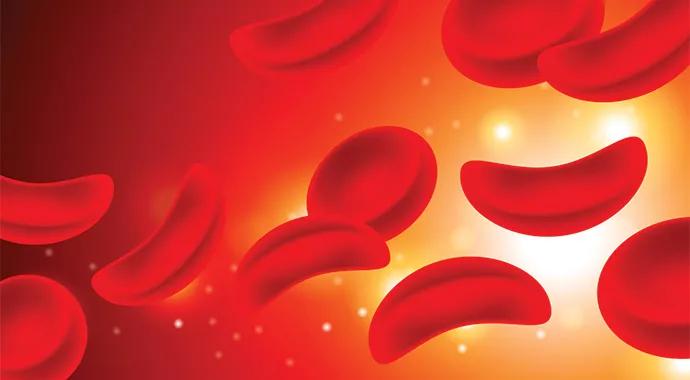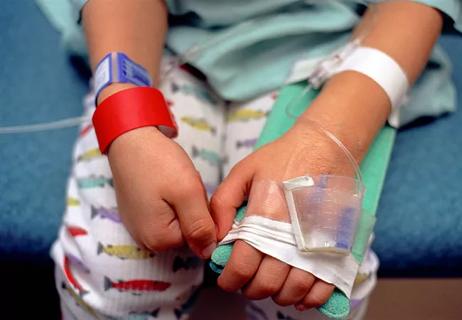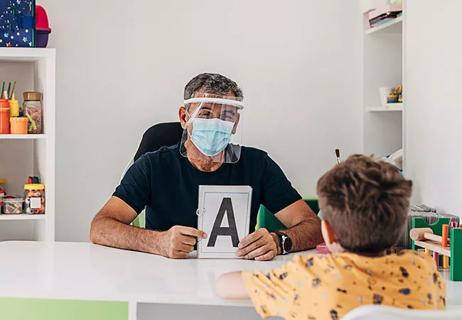Treating sickle cell disease sometimes takes a village

Sickle cell disease (SCD) has historically been a difficult condition for both parents and doctors to manage. Children with SCD sometimes wind up lost to care. The expertise and contribution of a sickle cell clinical coordinator is very essential to good outcomes. Also, until recently the protocol for bone marrow transplants—the only cure for SCD—was a matched sibling donor. Transplant was less common, and harder to find a match.
Cleveland Clinic is a non-profit academic medical center. Advertising on our site helps support our mission. We do not endorse non-Cleveland Clinic products or services. Policy
New protocol for bone marrow transplant (BMT) for sickle cell disease is changing the face of transplant. A recent case highlights the difference this new protocol can make, and how the services of a clinical care coordinator improved care for a patient.
A 9-year-old female with sickle cell disease first presented at Cleveland Clinic in 2014 with stroke symptoms. She was initially being seen by another institution, but she was lost to care there. When she came through our emergency department, she was having seizure-like activity. Brain imaging revealed stenosis of bilateral carotid vessels.
She underwent exchange transfusion to help reduce the risk of future stroke. But she had already sustained some neurological deficits, including loss of motor function, weakness on her right side and expressive aphasia. She was sent for extensive rehab at Cleveland Clinic Children’s Hospital for Rehabilitation, and she improved with physical therapy and occupational therapy.
She continued to get exchange transfusion every few weeks, and was monitored her closely for seizure activity. In March 2015, she underwent neurosurgery to open blocked cerebral blood flow. The procedure was successful, and she’s had no stroke recurrence. However, she continues to get chronic transfusions. Because chronic transfusions come with risks and do not cure SCD, we suggested bone marrow transplant (BMT).
She is scheduled for BMT, with her father as the donor, in July 2018.
Adopting new protocol of using a parent as a BMT donor is a major advancement in treating SCD. Whereas before it needed to be a matched sibling donor, now, either parent can be a donor for a child with SCD. This protocol is only a few years old and we expect it to increase the availability of BMT for children who are very sick and need a BMT.
SCD is an exhausting and confusing disease for parents, involving the coordination of many specialist appointments and hospital stays. Our SCD care coordinator helps families through the process. The SCD care coordinator ensures that families make it to appointments (including making sure they have transportation, if that’s an issue) and also helps coordinate appointments within hematology, neurosurgery and neurology, outpatient rehab, cardiology, and bone marrow transplanting. The coordinator also serves an educational role, answering the questions families have about the disease.
Like many complex diseases that affect children, SCD takes a village to treat. We’re trying to provide that village for families, along with the latest innovations in care.

Cleveland Clinic physicians offer their insights

Increasing support for breastfeeding patients

Program has facilitated nearly 300 consults across 25 departments in less than a year

Though completely preventable, lead poisoning remains a public health threat

Differences in infection rates, management, outcomes and transmission

Helps patients visualize proper tongue placement

On the need for coordinated care